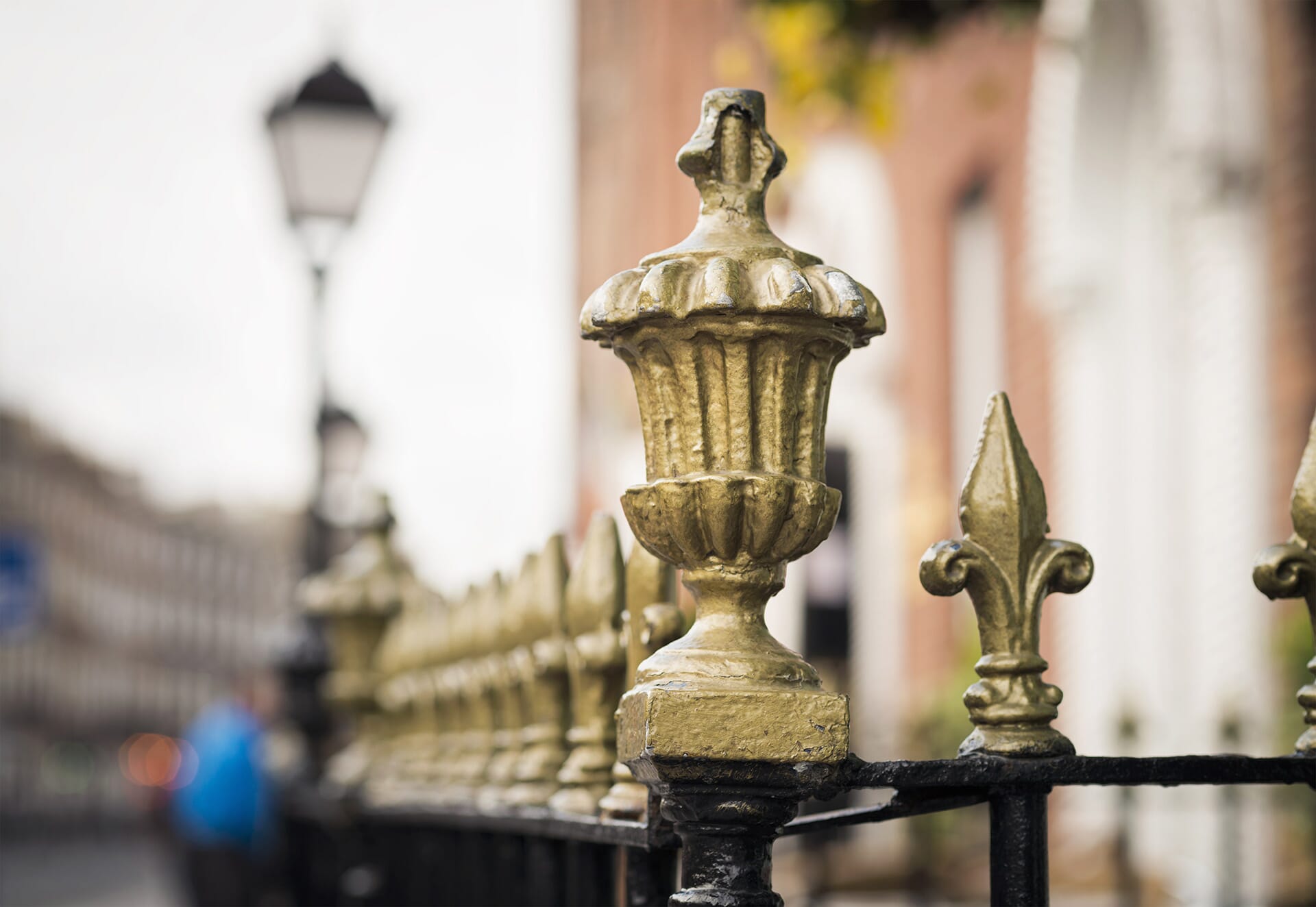
Spot the difference: how to tell the age of your property
Period properties come in all shapes and sizes but perhaps the most recognised are from the Georgian, Victorian and Edwardian eras. Each style has a number of key features both internally and externally.
If you’re considering renovating a period property it certainly pays to understand what these key features are and how you can go about sympathetically restoring them.
Here’s how to tell the difference…
Georgian (1714-1837)
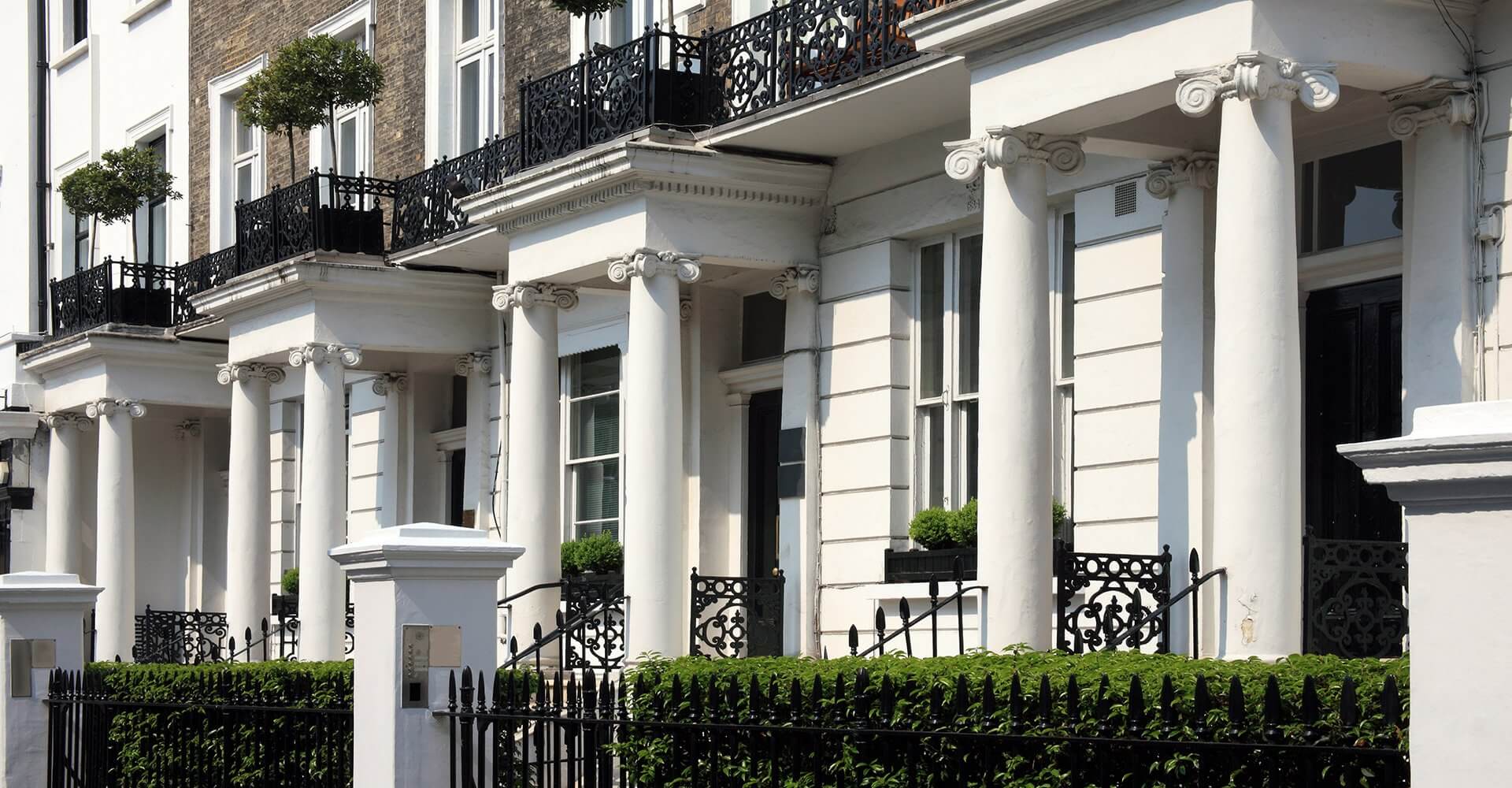
The Georgian style reflects a century under the reign of three different Georges and is often divided into Palladian, early and late Georgian periods. The three phases become progressively lighter in terms of colour and decoration, eventually segueing into the Regency style.
Key features:
- Balance, harmony and proportion
- Early colour schemes including rich tones of burgundy, sage green and blue grey developing into lighter sky blue, softy greys and dusky pinks
- Panelled walls up to dado rail height with plaster above
- Intricate mouldings including swirls, classical figures and urns
- Fan lights above front doors
- Intricate ironwork around doorways or railings to the front of the house
- Sash windows and shutters
- Large, elegant fireplaces acting as the focal point of a room
- Wide scrubbed and oiled floorboards
- High ceilings, pale colour schemes, light-painted woodwork
Victorian (1837-1901)
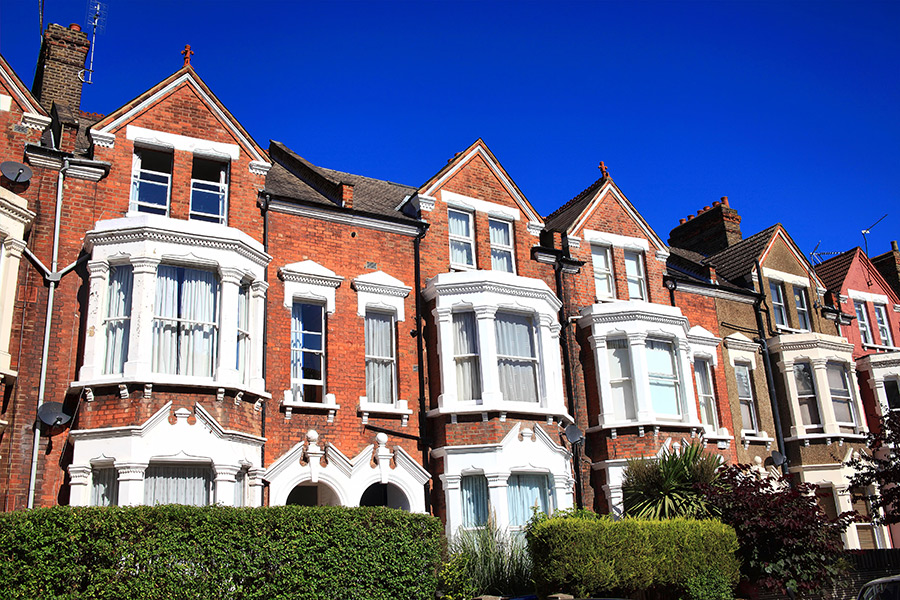
Queen Victoria’s reign saw mass change with the advent of the industrial revolution and the railways. This led to the introduction of new building materials and the mobility of the middle classes who increasingly saw their home as a reflection of status.
Key features:
- Highly stylised, decorative, fussy
- Rich, dark internal shades such as claret red and forest green
- Large panes of glass in sash windows with decorative stained glass around doorways
- Iron railings to the exterior of the house
- The addition of porches and bay windows
- Highly patterned floor tiles around heavy traffic areas such as hallways and corridors
- Small yet ornate cast iron fireplaces in several rooms
- Decorative mouldings such as ceiling roses, dado rails and cornices
- Wallpaper in rooms, from the skirting board up to the dado rail
- Decorative external brickwork and barge boards
Edwardian (1901-1910)
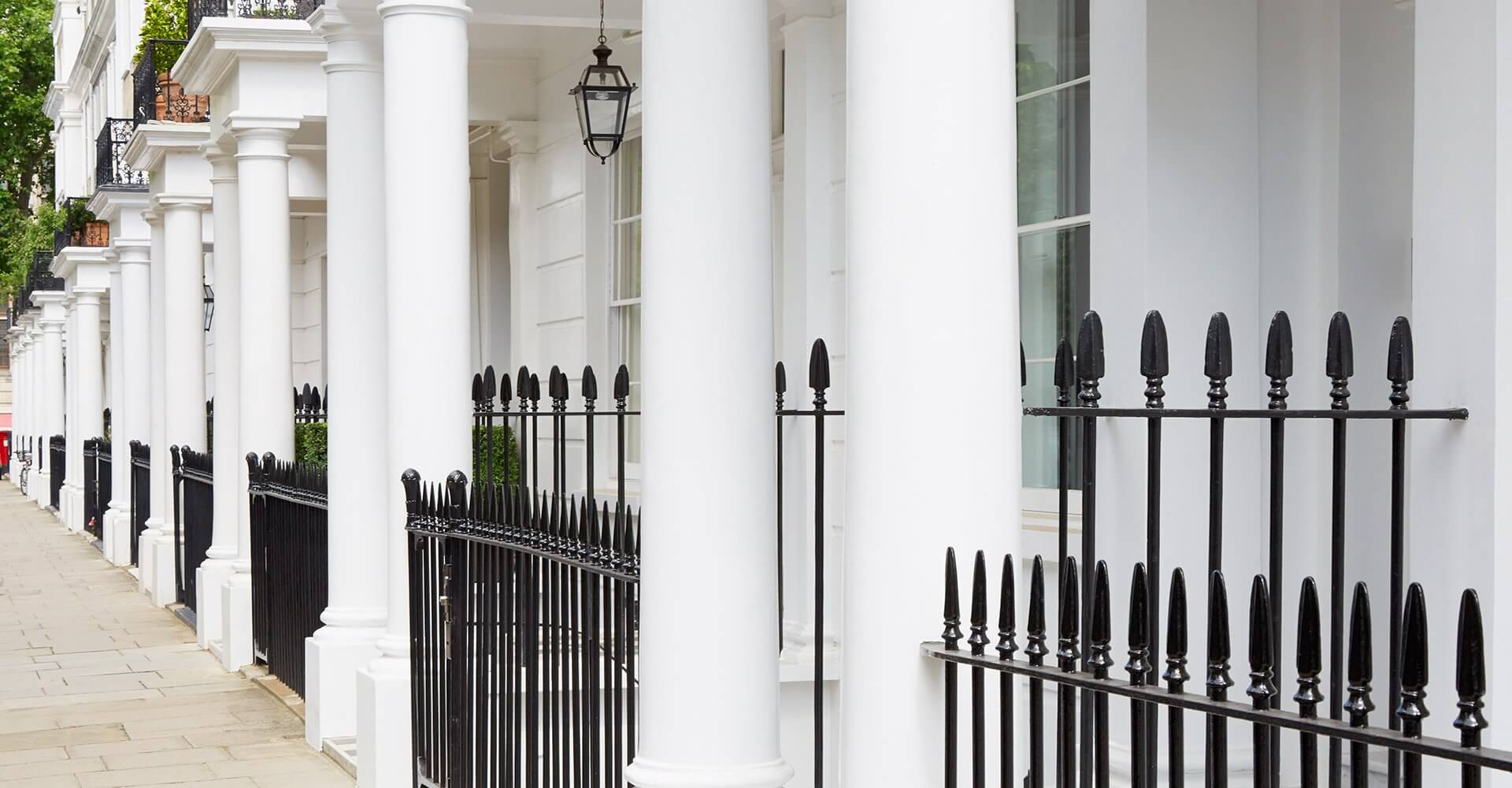
After the heaviness and clutter of the Victorians, the Edwardian style was much more light and airy, representing a breath of fresh air. These homes were seen as grander, airier and set on a large plot which gave them the benefit of wide hallways and French doors onto the garden.
Key features:
- Light, airy homes with larger gardens
- Less formal, less cluttered
- Wide hallways, light airy rooms
- French doors onto gardens
- Balconies, porches and verandas
- Dual aspect rooms with windows at both end
- The introduction of bamboo and wicker furniture
- Pastel colours, flowers and floral patterns
- Arts & Crafts style
- Parquet floors
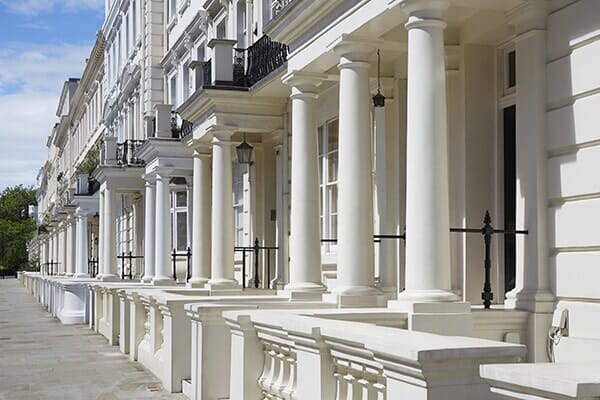
Author: Peter Little (CEO)
This article was first published on 12th July 2017
(Updated 24th January 2025)
Experts in sympathetic period property restoration
Get a FREE initial quote

